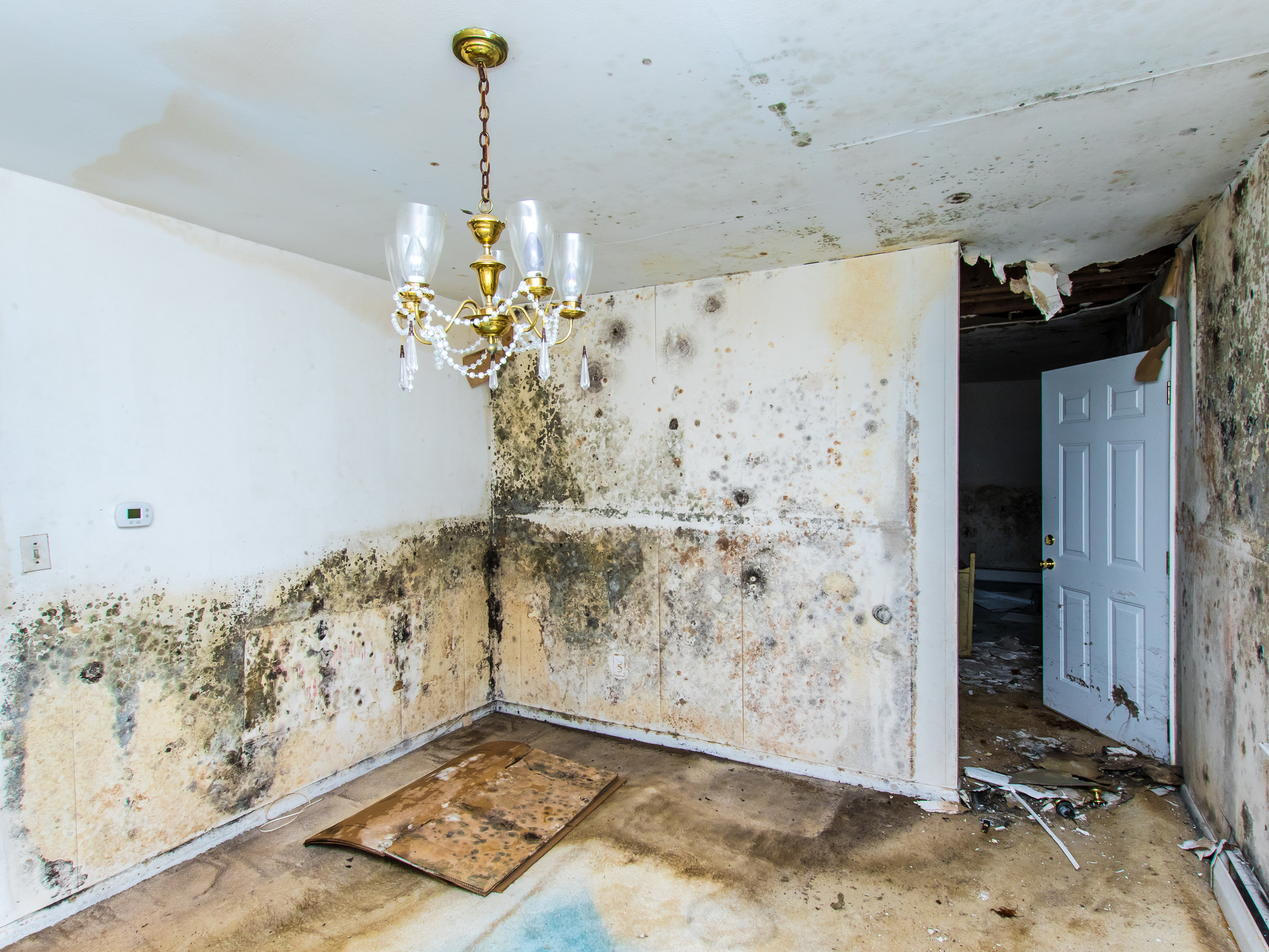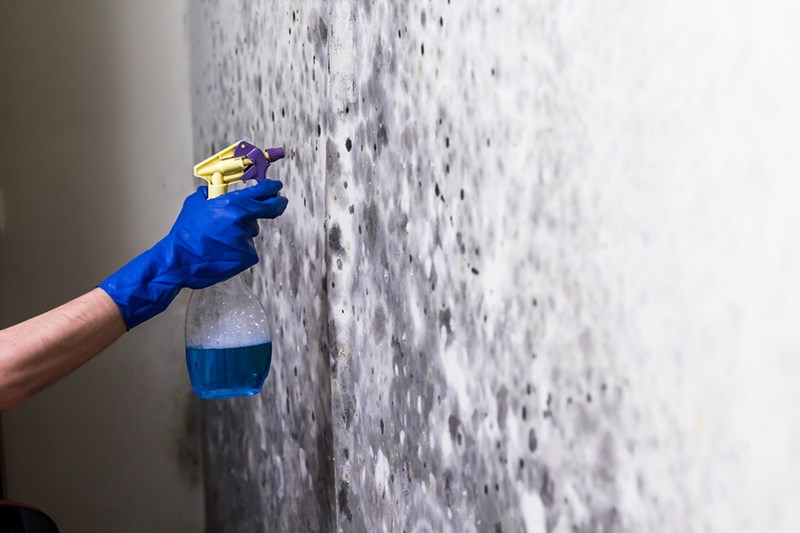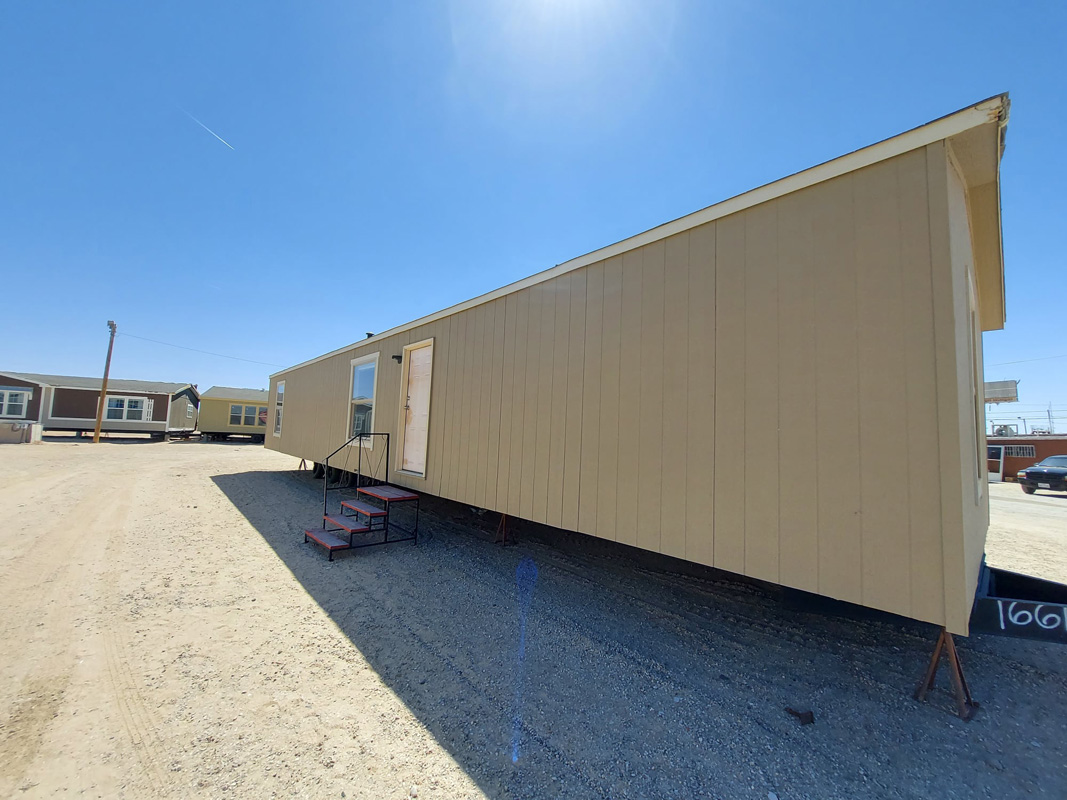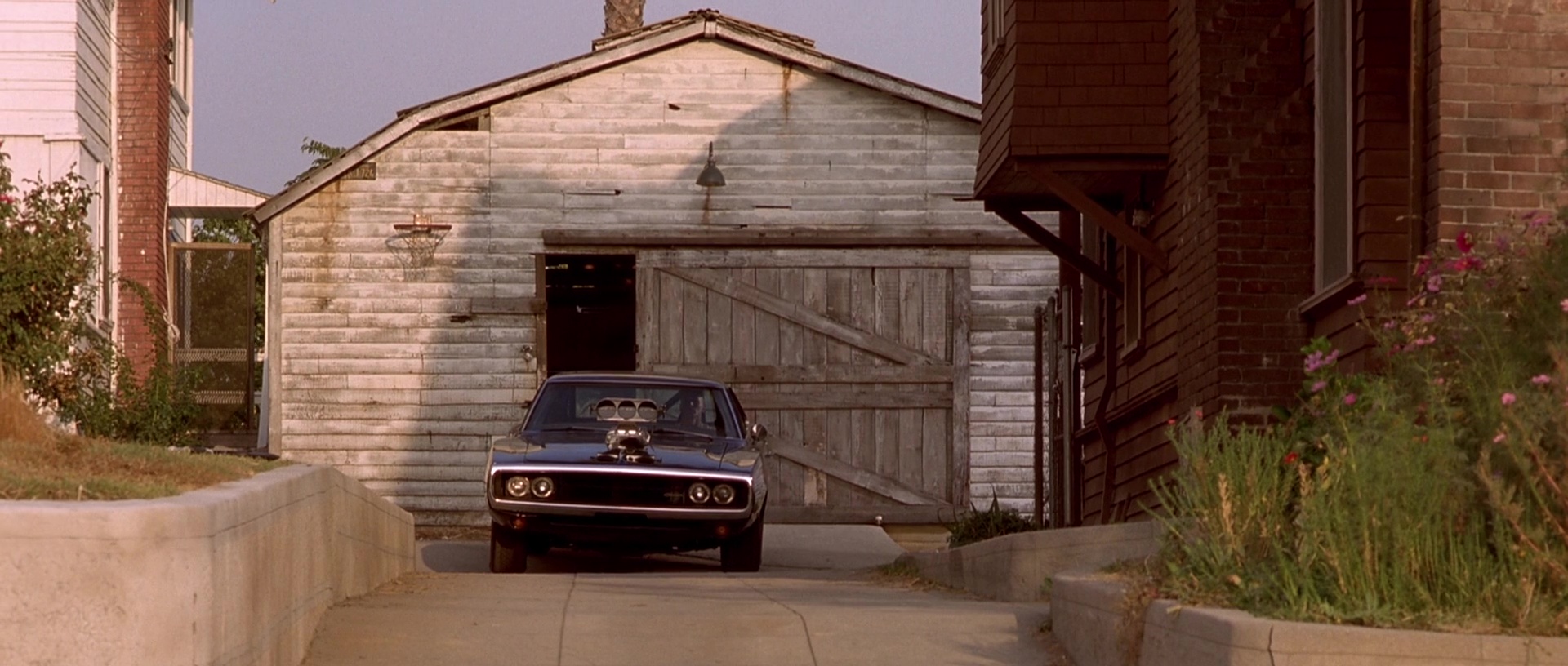Table Of Content

Other materials such as dust, paints, wallpaper, insulation materials, drywall, carpet, fabric, and upholstery, commonly support mold growth. Outdoors, molds play a part in nature by breaking down dead organic matter such as fallen leaves and dead trees, but indoors, mold growth should be avoided. Molds reproduce by means of tiny spores; the spores are invisible to the naked eye and float through outdoor and indoor air. Mold may begin growing indoors when mold spores land on surfaces that are wet. There are many types of mold, and none of them will grow without water or moisture.
14 Health Effects of Mold in Your Home, from an Air Quality Scientist - The Healthy
14 Health Effects of Mold in Your Home, from an Air Quality Scientist.
Posted: Thu, 06 Oct 2022 07:00:00 GMT [source]
First Step: How to Safely Prepare When Testing for Mold in Your House
You will receive a testing report, along with the option for a free consultation to better understand the results. As with any mold test kit, plan to take the necessary safety precautions when collecting your sample. In fact, in many cases mold is visible and there is no need for additional testing for mold in the house. If you can easily spot it, it’s likely that mold spores have infested a large area of your home and may have even caused rot.
Risk factors
Our services have assisted thousands in escrow transactions, property management and property maintenance & repair. Read below to find out more information about cleaning molds, preventing them from growing in your home, controlling moisture in your home, and how to report mold problems if you are a renter. Home inspectors will always be on the lookout for signs of mold during an inspection. However, if mold is beneath the surface, they may not be able to detect it because they aren’t required to open walls or look behind cabinets.
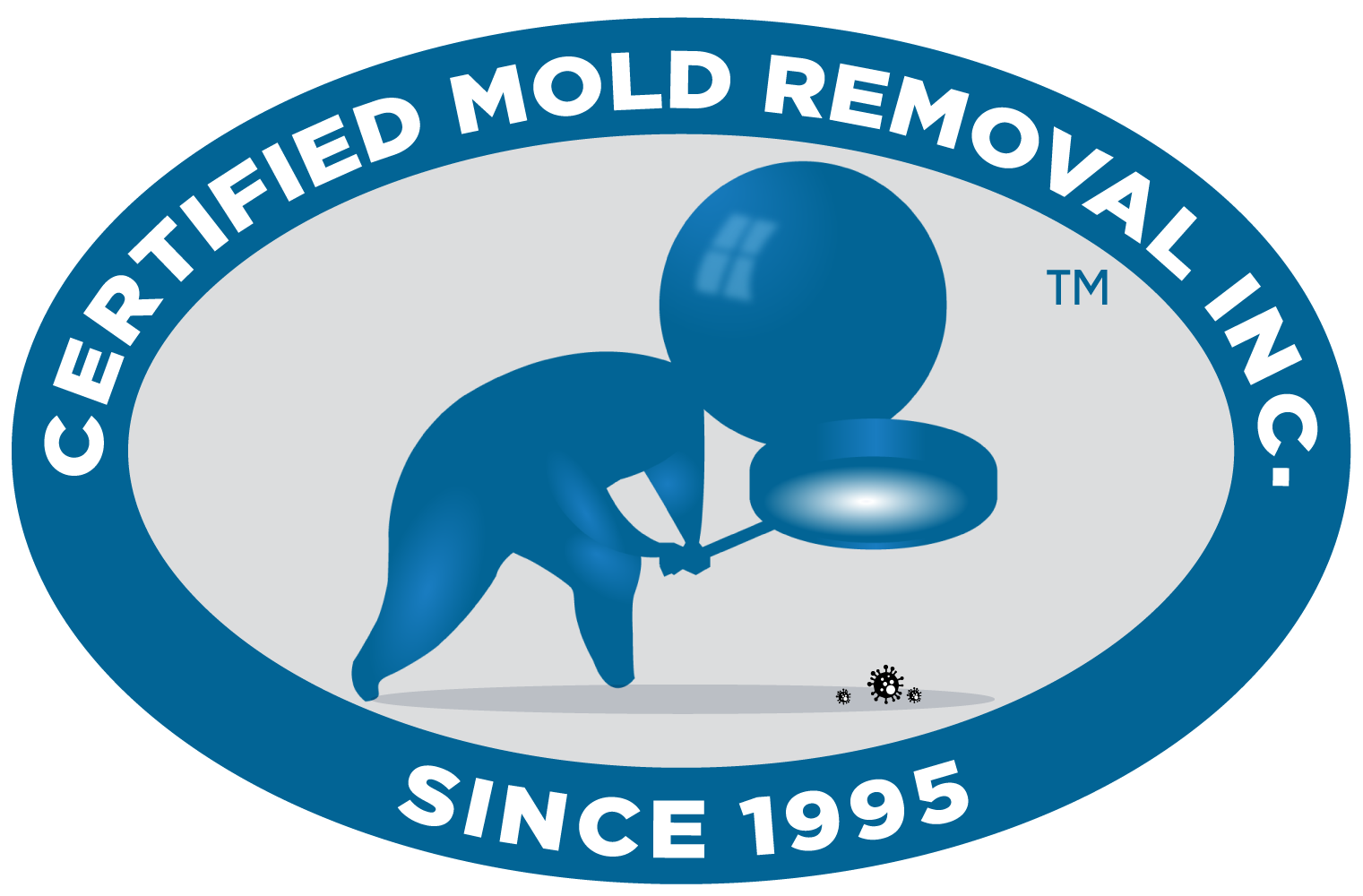
Finding & Testing for Hidden Mold: How to Test for Mold Through DIY Mold Testing Kits & Professional Testing
You can expect to pay, on average, between $10 and $25 per square foot for mold remediation. However, in extreme cases, you may have to pay upwards of several thousand dollars if your entire home is affected. In the worst cases, you may have to move out of your home permanently to protect your family’s health. It’s important to understand why the mold occurred in the first place in order to keep it at bay. Improper ventilation in the home, leaky pipes, or condensation are all possible culprits, as moisture is typically the common denominator.
This Is the Only Pro You Need to Call for Mold Inspection
Inhaling or touching mold or mold spores may cause allergic reactions in sensitive individuals. Allergic responses include hay fever-type symptoms, such as sneezing, runny nose, red eyes, and skin rash (dermatitis). The Mold Armor kit includes a test swab, petri dish, and a bottle of mold growth medium. You can use this single kit in one of three ways—to test the air for mold spores, to test air quality in your HVAC duct, or to test for surface mold.
To know how to best combat mold, you have to know how to identify it. From there, you can determine if you can take care of the problem yourself or call a professional. Seal off gaps around doors and windows with painter’s tape to keep the room you are testing in airtight. Keep kids, pets and other adults away from the room while testing is in progress. You can now begin your DIY mold test based on the manufacturer’s instructions.
These visual and tactile properties result from the dense growth of mold hyphae (the branching filaments that make up the main body of the fungus) on the surface. This [guidance] provides a brief overview; it does not describe all potential health effects related to mold exposure. You may also wish to consult your state or local health department. More than a cosmetic problem, mold can damage your home and contribute to health issues.
Smelling something musty and not finding where it is coming from might be a sign of mold infestation. You can also use indoor air sampling kits, but professional testing is better at finding the root cause of mold in your air. If you’ve confirmed that you can remove mold yourself, you can use household products, diluted bleach (1 cup in 1 gallon of water), or soap and water on hard surfaces.
If you or a person in your household does not have a pre-existing respiratory condition such as asthma, then you should be fine with limited exposure. In fact, to some extent, we breathe in mold spores every day as we walk around outside. It is only when we are inside a confined area that their unique smell hits. If left unchecked, the mold will continue to grow, and long term exposure can cause significant breathing issues.
How to Prevent Mold in Your Home - Martha Stewart
How to Prevent Mold in Your Home.
Posted: Mon, 24 Oct 2022 07:00:00 GMT [source]
All homes have dust, dirt andmoisture, no matter how clean they are, and this is what mold feeds on. Estimates are that 40% of homes show signsof reduced indoor air quality which is often due to mold. To prevent the redistribution of mold spores, it’s crucial to dispose of the cleaning materials properly. Put all used rags, sponges, brushes, and gloves in a heavy-duty garbage bag and keep it tightly closed outside or in the garage until trash day. You can hire a professional inspector to test the mold in your house but know that this can be expensive.
Otherwise, the test kit may not find mold growing inside the walls. Once mold has been removed, it’s understandable for the homeowner to want to forget about the problem and move on. However, if the conditions that caused mold to grow in the first place are not also remedied, homeowners will likely be dealing with mold again before they know it. Homeowners may need professional assistance to ensure they know how to kill mold like black mold in their homes once and for all. Once you’ve gathered the sample, follow the instructions to finish the testing. You may need to apply a test strip or wait a certain amount of time for the results.
Mildew starts as tiny, grey spots (but can also be yellow or white) that are fluffy or powdery. You can often find them growing on your walls, grout lines, windowsills, and other places with high moisture levels. But unlike mold, mildew only grows on surfaces and does not burrow deep into materials. Okay, now you have either smelled or seen mold in a room, had an allergic reaction, and/or found a spot holding moisture in the walls. The first thing you will want to do is either order or go to your local home improvement store and purchase a mold test kit.
Because of frequent water use and the potential for humidity, kitchens and bathrooms are prime territories for mold invasion. Some overlooked spots that are prone to mold growth in these spaces are the grout between tiles and the caulk that seals areas around bathtubs and sinks. Over time, if these areas remain persistently damp or are not adequately cleaned, they can become breeding grounds for mold.
